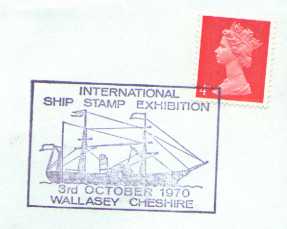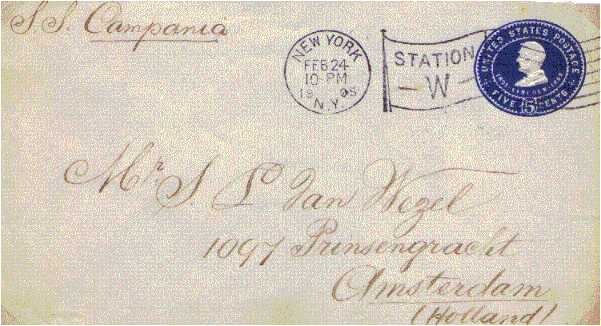2. The first Blue Ribands

| In 1840 the British Admiralty contracted Samuel Cunard for the transport of mail by steamboat to America. On 4 July 1840, the BRITANNIA started her first journey. With a passage of 12 resp. 10 days she was the fastest transatlantic ship. |
Because the paddle wheels were so vulnerable and inefficient, research was done for an alternative. Josef Ressel had a primitive propeller on his ship CIVETTA in 1829 and the Swedish John Ericsson had his design patented in 1836.
The GREAT BRITAIN, built in Bristol in 1842, was the first screw steamer to cross the Atlantic. She sailed until 1866 after which she was used as a floating storage until 1933. After that, she was beached on the Falkland Islands. Since 1970 she is a museum in Bristol, in the same drydock as where she was built.

The companies with a transatlantic service were very competitive for the transport of mail and passengers. Everyone tried to supply the fastest service. On a certain moment, the ship that made the fastest crossing, was allowed to carry a blue riband. The SCOTIA, built in 1861, was the last transatlantic paddle ship. She carried the Blue Riband from 1862-1876. In that year she was converted to a 2-screw cable ship, as which she serviced until 1904.

In 1893 the Campania of the Cunard Line obtained the Blue Riband. In 1914 she was converted to aircraft carrier. Her sister, the LUCANIA, already in 1894 took over the Blue Riband from her.



|